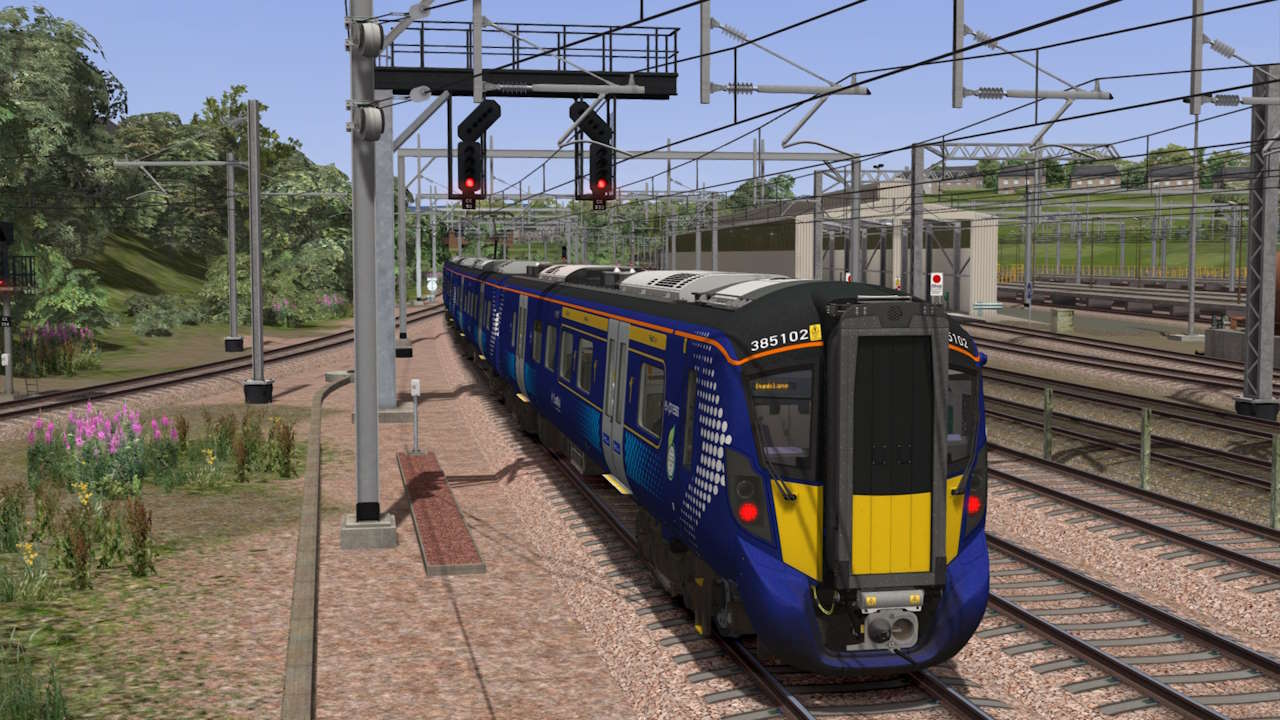Dovetail Games has added Glasgow to Dunblane and Alloa to its well-loved Train Simulator and is now available via its Steam Store.
The route has been created by Thomson Interactive and provides stunning views of Scotland alongside a host of new features, creating a unique driving experience for the user.
The line first opened back in 1848 and supported commuters for more than 100 years. 2019 saw the electrification of the 35-mile Glasgow to Dunblane route, alongside the Stirling to Alloa 7-mile branch line which was electrified as part of the Edinburgh Glasgow Improvement Plan. The train simulation of the route features the new ‘Series 2’ overhead catenary with fantastic detail and an enhanced signalling system, which includes the following at key diverging junctions:
- High-speed approach control with aspect release
- Approach control from red

Glasgow Queen Street station marks the start of the simulation and has been lovingly recreated as well as the suburban areas and beautiful countryside on the route with over 70 individual bridges and iconic landmarks including:
- The National Wallace Monument
- Stirling Castle
- The Falkirk Wheel
Once users arrive at Stirling, the line divides for Dunblane and Alloa, which marks the end of the journey.
ScotRail’s Hitachi-built Class 385 EMUs operate services on the Glasgow to Dunblane route which first came into service in 2018 with the ability to travel at 100mph. The Class 385 units in the simulation features impressive detail in the driver’s cab, which includes:
- The latest Train Protection and Warning System detailing ‘AWS Fail to Cancel’, Overspeed and SPAD emergency.
- Operation Train Management System with dynamic graphics, train info, light control, destination selection, driver advisory system, safety prompts and more.
Stations along the line also feature ‘car stop’ boards in order to bring further driving challenges with accuracy bonuses up for grabs based on where the train stops.

The simulated Class 385 and on stations along the route now feature new custom-built dynamic Passenger Information Systems which display destination information based on that set by the user and are visible in passenger cabins and onboard announcements which detail the train’s current location.
Platforms in the simulation also feature this information alongside calling stops and announcements in order to keep passengers up to date, including late-running visuals and announcements, should the user not keep the train on time. A manual for the new route provides a guide on how to make use of this new facility.






Responses